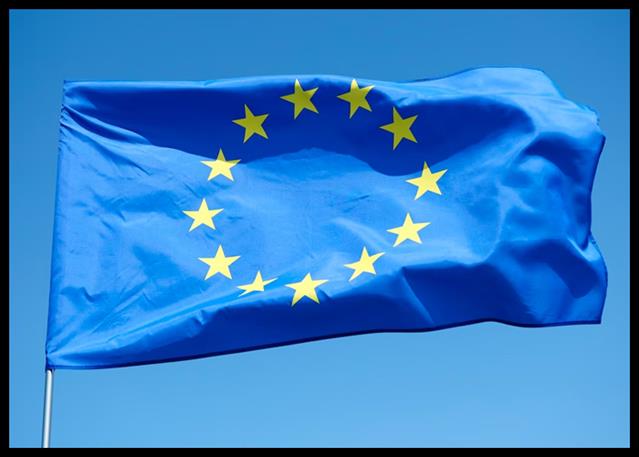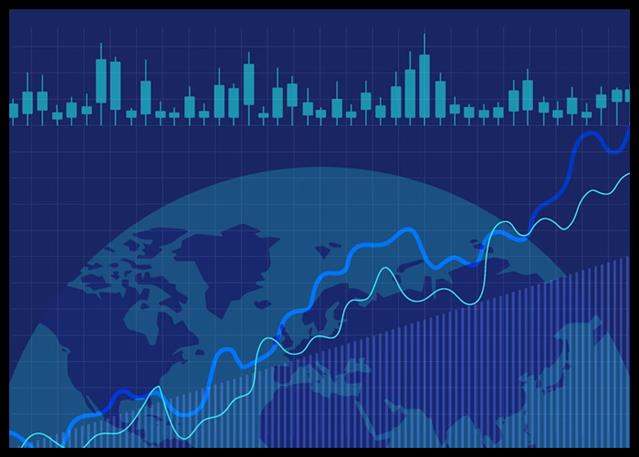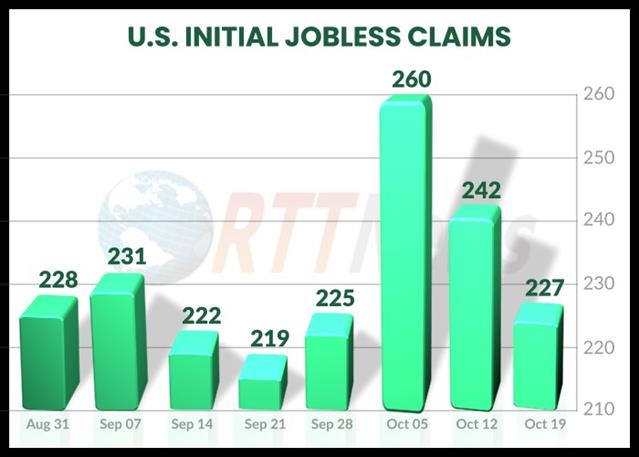Eurozone GDP Remains Stable As Estimated
The euro area economy stagnated at the end of 2023, as initially estimated, and avoided a technical recession. Gross domestic product flat-lined sequentially, following a 0.1 percent fall in the thi...

The euro area economy stagnated at the end of 2023, as initially estimated, and avoided a technical recession.
Gross domestic product flat-lined sequentially, following a 0.1 percent fall in the third quarter, revised data from Eurostat showed on Friday.
The fourth quarter’s rate matched the estimate published on February 14.
Confirming the annual growth, the statistical office said the currency bloc grew 0.1 percent, the same pace of growth as seen in the preceding period.
On the expenditure-side, household spending grew 0.1 percent, which was weaker than the 0.3 percent rise a quarter ago.
Government expenditure registered a steady growth of 0.6 percent. At the same time, gross fixed capital formation climbed at a faster pace of 1.0 percent after remaining flat.
Exports were unchanged, while imports advanced 0.6 percent.
The full year growth in the euro area eased sharply to 0.4 percent from 3.4 percent in 2022.
The European Central Bank had retained its key interest rates unchanged on Thursday. The ECB staff lowered the growth projection for this year to 0.6 percent.
The ECB expects growth to come in at 1.5 percent next year and 1.6 percent in 2026, supported initially by consumption and later also by investment.
Eurostat data showed that the number of employed persons increased 0.3 percent from a quarter ago after rising 0.2 percent in the third quarter.
Compared to a year ago, employment advanced 1.2 percent following a 1.4 percent rise in the prior period.
- Check out our free forex signals
- Follow the top economic events on FX Leaders economic calendar
- Trade better, discover more Forex Trading Strategies
- Open a FREE Trading Account


